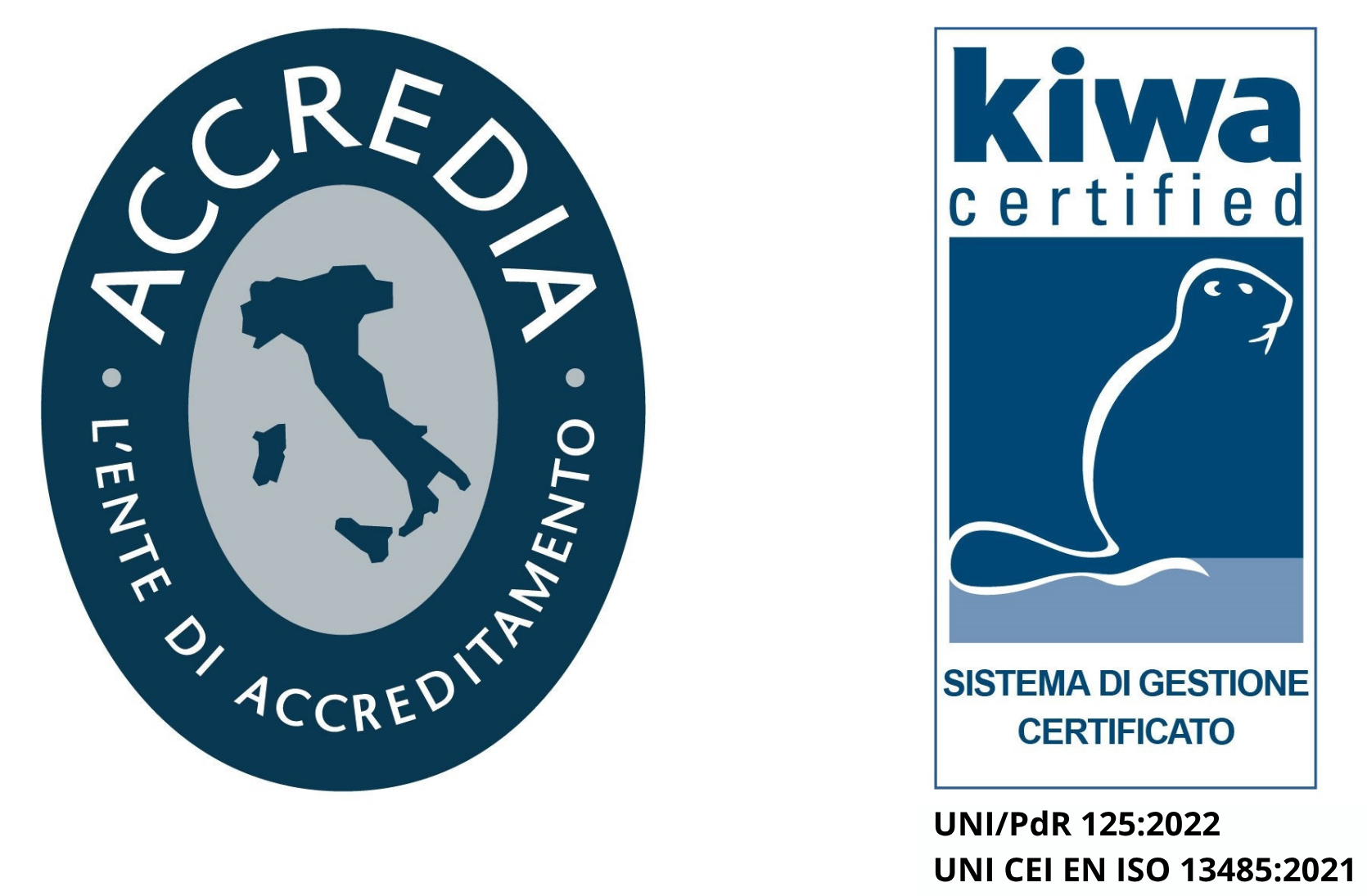Psoriatic arthritis: new treatment guidelines ACR
According to the results of a U.S. case-control study published in The Journal of Rheumatology, the addition of methotrexate (MTX) to glucocorticoid (GC) therapy could reduce the risk of relapse in patients with giant cell arteritis (GCA) by half compared to those treated with glucocorticoids alone. If confirmed, these findings expand the treatment options for such patients, enabling a reduction in glucocorticoid dosage and, consequently, a potential decrease in adverse events. Why Consider Methotrexate for Giant Cell Arteritis? Giant cell arteritis (GCA) is the most common primary systemic vasculitis in individuals over 50 years old, predominantly affecting the aorta and its major branches. Due to the severe ischemic complications associated with the disease (e.g., vision loss, stroke, and aortic aneurysm/dissection), both early diagnosis and prompt treatment initiation are crucial. The cornerstone of GCA therapy involves glucocorticoids, initially at high doses and then gradually tapered. However, 40% to 75% of patients experience at least one relapse during follow-up. Analyses have shown that patients with disease relapse are generally those who undergo longer treatment durations or higher cumulative exposure to glucocorticoids. Unfortunately, long-term GC treatment in the age group affected by GCA is associated with a higher frequency of adverse events, reported by nearly all treated patients (86%-100%). Methotrexate (MTX) is a cost-effective and well-established drug in rheumatology. However, data on its use in GCA have so far yielded conflicting results. A recent meta-analysis at the patient level showed a modest reduction in cumulative GC use and absolute relapse risk, though it did not demonstrate a reduction in GC-associated adverse events. The New Study This case-control study aimed to describe MTX use in a large cohort of patients with relapsing GCA and compare these findings to a cohort treated with GCs alone. Study Design The study included 166 patients diagnosed with GCA between 1998 and 2013, confirmed by temporal artery biopsy and/or radiographic evidence of large-vessel vasculitis. Data from GCA patients treated with MTX (“cases”) were matched with those from patients treated with GCs alone (“controls”). Researchers calculated the rate ratio (RR) of relapses between the two groups to assess the potential benefits of adding MTX to GC therapy. Key Results The median time from GCA diagnosis to MTX initiation was 39 weeks (IQR: 13–80), with a median dose of 13.5 mg/week (IQR: 10–15). Disease relapse rates decreased significantly in both groups: MTX group: RR = 0.32 (95% CI: 0.24–0.41) GC-only group: RR = 0.60 (95% CI: 0.43–0.86) The reduction in relapse rates was significantly greater in the MTX group (p=0.004). No significant differences were observed between the groups in GC use or discontinuation. Implications and Limitations These findings suggest that MTX could offer an alternative, cost-effective treatment option for GCA, potentially reducing GC doses and related adverse events. However, caution is warranted due to methodological limitations: The retrospective observational design limits data to medical records, which may lack completeness. MTX initiation and dosing were not standardized, relying on the treating physician's discretion, which may affect the generalizability of results. The study could not account for potential confounding factors influencing physicians’ decisions to prescribe MTX. The absence of a defined GC tapering protocol prevented an in-depth evaluation of MTX's GC-sparing effects. While these preliminary results are promising, randomized, controlled trials are needed to confirm the findings and establish standardized guidelines for managing relapsing GCA.






